But chances are you’re only going to remodel your current kitchen once. After all, the annual
Cost vs. Value Report from Remodeling Magazine pegs the average price of a major kitchen remodel at about $55,000. With that much on the line, you want to make all the right moves. If you do, you could recoup nearly 74% of your investment if you sell.
So we’re here to future-proof you from angst by naming the
seven definitive kitchen features that will retain their beauty, marketability, and value — all while giving you lasting enjoyment.
#1: White is the Dominant Color
Bottom line: White is the most marketable color. You’ll always find it atop the National Kitchen and Bath Association’s annual survey of most popular kitchen colors. It simply doesn’t go out of style.
White’s mojo:
- Throughout history, it’s been associated with happiness, purity (think Snow White), and new beginnings.
- It’s a bright color that reflects light and makes even small kitchens feel larger.
- It’s a neatnik’s dream — dirt has no place to hide.
Even better, it’s uber-tolerant of both your budget and taste: A standard color for any manufacturer, you’ll find white cabinets, tile, counters,
faucets, sinks, and appliances at any price point.
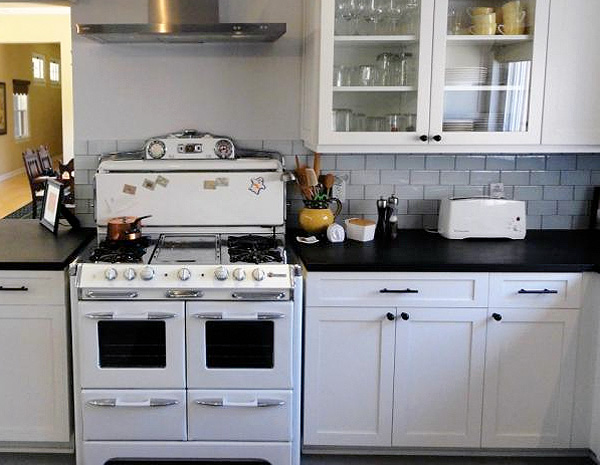 Credit: Ken Clark, Realtor
Related
Credit: Ken Clark, Realtor
Related:
And with a white backdrop, you can be as conservative or expressive as you want. After all, it’s about your enjoyment, not just dollars and cents. For example:
- Add your personal touch with colored glass knobs and pulls.
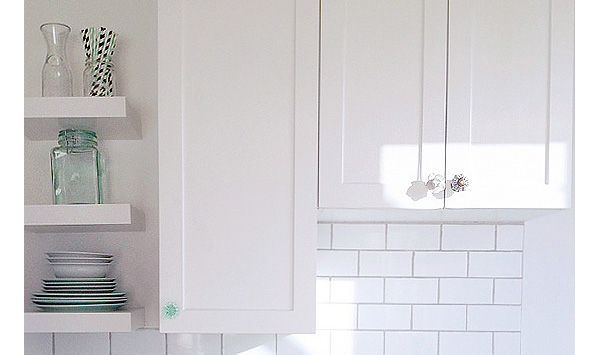 Credit: Allessia of Little Lessy
Credit: Allessia of Little Lessy
- Show off antique Fiesta ware on open shelves or in upper cabinets with glass fronts.
- Paint walls the color du jour — even off-white!
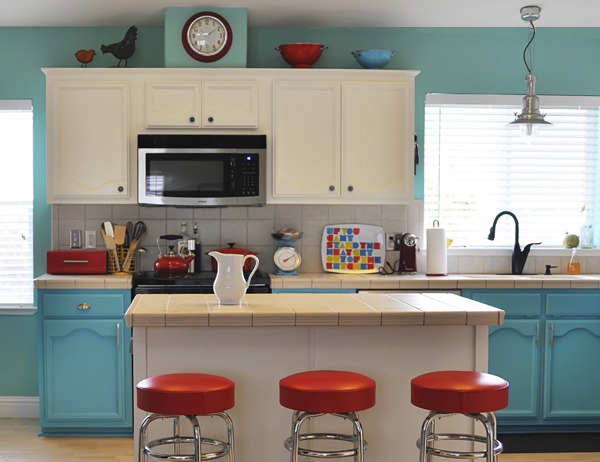 Credit: Lisa Damrosch
Credit: Lisa Damrosch
Heck, with a white palette, you can change your mind about paint color on a whim. Those all-white basics will make any hue you choose look fresh and contemporary.
Related:
Using Color to Personalize Your Kitchen and Home
#2: Hardwood for Flooring
 Credit: RJK Construction, Inc.
Credit: RJK Construction, Inc.
It’s been our foot fetish for years. That’s especially true ever since hardwood flooring was mass-produced during the Industrial Revolution, making beautiful flooring readily available at a reasonable cost.
Today, more than half of home buyers who purchased a home without hardwood floors say they would have paid an extra $2,080 for them, according to the 2013 Home Features Survey from the NATIONAL ASSOCIATION OF REALTORS®. And among buyers of any age, upwards of 80% say hardwood floors are “somewhat” or “very important.”
“It’s the one feature men and women agree on,” says Debe Robinson, NKBA treasurer and owner of Kitchen Expressions Inc. in Sheffield, Ala., who’s also worked in the flooring industry.
Why? The love of wood is in our genes. Our nesting instincts know that hardwood has warmth, personality, and makes our homes cozy and inviting. That’s why this clever chameleon pairs well with any kitchen style — from casual cottage and sleek contemporary to the most chi-chi Park Avenue traditional.
More reasons why wood flooring is the goof-proof option:
- Perfect for open floor plans. It flows beautifully from the kitchen into adjoining rooms.
- It’s tough. Hardwoods such as oak, ash, and maple will shrug off your kitchen’s high-traffic punishment for years. Solid hardwood flooring can be refinished 10 to 12 times during it’s typical 100-year lifespan.
Related:
The Best Choices for Kitchen Flooring
#3: Shaker Style for Cabinets
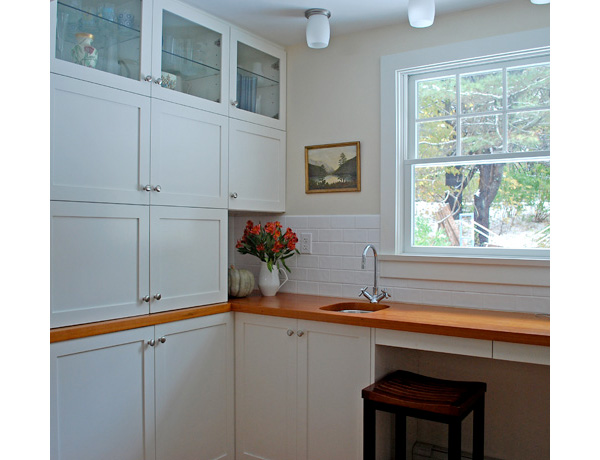 Credit: Stacey Collins Design
Credit: Stacey Collins Design
Thank heaven for the Shakers. While they were busy reducing life to its essentials, they made
cabinets with clean, simple lines that will forever be in style.
Shaker cabinets are an enduring legacy of American style and, like wood flooring, have the knack for looking good in any setting. Their simple frame-and-panel design helps reduce the amount of busyness in a kitchen, making it a soothing, friendly place to be.
“In a kitchen with a timeless look, you want the cabinets to be part of the backdrop,” says Alan Zielinski, a former president of the National Kitchen and Bath Association. “You don’t want to be overpowered. You’re looking for plain, simple, clean lines.”
Those plain, simple, clean lines are a perfect fit for transitional style — a beautiful combo of traditional and contemporary styles. In fact, the National Kitchen and Bath Association says that after creeping up on traditional for years, transitional is now the most popular kitchen style.
As our families grow more diverse, transitional style will only get more popular. It lets us personalize and blend cultural influences — Latin, Asian, Mideastern — into our homes; it’s the perfect balance of old and new, just like Shaker-style cabinets.
Related:
How to Choose Kitchen Cabinets for the Best Value
#4: Carrara Marble for Countertops
 Credit: Jennifer Thompson
Credit: Jennifer Thompson
Carrara marble is a timeless classic that’s been used in homes for thousands of years. (Michelangelo’s “David” was carved from Carrara.) It’ll look as good in the next millennium as it does now.
Here’s why:
- Carrara’s lacy graining and subtle white colors look terrific in a white kitchen (or any kitchen, for that matter).
- It has a whiteness you won’t find in other natural stones.
- It’s readily available, making it less expensive than other high-end choices, such as quartz.
- It’ll last for generations.
If you Google it, you’ll find a lot of debate about it (and marble in general) because it stains easily. But if you want something truly timeless, Carrara is the answer. And with today’s sealants, the problem of staining is almost moot if you reseal once or twice a year.
Related:
How to Get the Look of Marble Without the Cost
Still not sold? Or don’t have the budget?
Laminate countertops are relatively inexpensive and can be upgraded to stone when you do have the budget.
#5: Subway Tile for the Backsplash
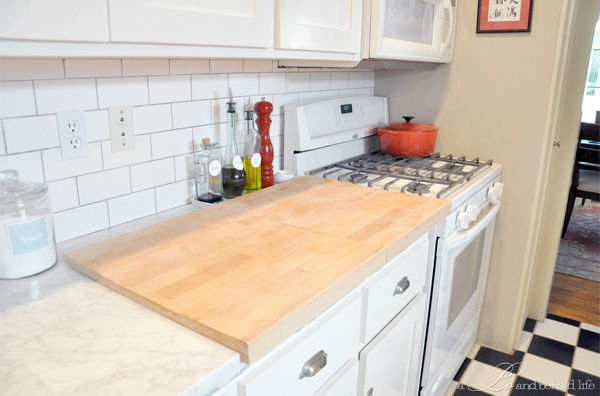 Credit: A Lo and Behold Life
Credit: A Lo and Behold Life
Subway tile goes back to the early 1900s, when it was used to line New York’s first subway tunnels. Classic subway tiles are white, 3-by-6-inch rectangles — a look that became popular in American kitchens and baths, and has stuck around ever since. Now it’s an iconic part of the American design vernacular, destined never to go out of style.
In the kitchen, ceramic tile excels as a backsplash, where it guards against moisture, is a snap to clean, lasts forever, and always looks classy.
Sure, a backsplash can be an opportunity for a blast of color and pattern, but neutrals will always be current and blend with any look. Plus, a subway tile backsplash and a marble countertop make a dashing couple that will stand the test of time.
To make it even more enduring, keep it achromatic and camouflage dirt with gray or beige grout.
Related:
Classic Backsplashes for Any Budget
#6: Ergonomic Design
Adaptability and
universal design features mean easy living at any age. A recent survey on kitchens from the American Institute of Architects points to the growing popularity of smart ergonomic design, a sign that kitchen adaptability will stay in vogue.
Smart ergonomics simply mean convenience — for young or old, party people or homebodies — a key factor when
remodeling a kitchen that will function well, retain its value, and always feel right.
No matter you or your buyer’s current or future needs, everyone wins with these approaches:
- Create different countertop heights. Standard height is 36 inches, but you can raise or lower sections of cabinets by altering the height of the base. Add color-match shim strips to the bases of countertops that don’t include sinks or appliances. You (or a new owner) can easily remove them or add to them to adjust the height.
- Swap a standard range for a wall oven and a cooktop. Ranges have fixed heights. There’s no getting around the fact you have to bend to access the oven. But a wall oven conveniently installs about waist-high.
- Add pull-out shelves to base cabinets. Lower cabinets with doors mean having to twist like a pretzel to see what’s inside. Pull-out shelves put everything at your fingertips.
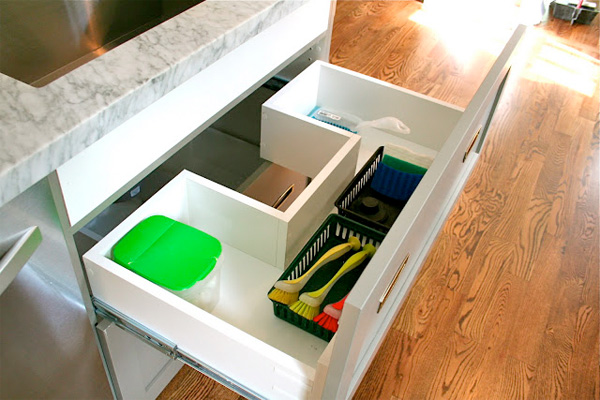 Credit: Autumn Clemons of MyDesignDump.blogspot.com
Credit: Autumn Clemons of MyDesignDump.blogspot.com
- Keep wide clearances. Kitchens attract people, and with open floor plans, you’re apt to have folks hunting for snacks, helping you cook, or just hanging out while you prep meals. Keep traffic flowing with a minimum of 42 inches between counters and islands.
Related:
Find Out How Stylish Ergonomic Design Can Be
#7: Smart Storage
Today’s families store about 47% of their kitchen stuff outside the kitchen — in
laundry rooms, basements, even sheds — according to data released at the 2013 Kitchen and Bath Industry Show.
We blame it on the fact that kitchens have evolved from a tucked-away place at the back of the house into a multiple-chef, multi-tasking space that’s the hub of family life. Plus, our love of open kitchens and stocking up at warehouse stores means less wall space and more stuff, kitchen design expert Robinson says.
The solution: smart storage. Cabinet manufacturers have you covered with nearly unlimited storage options — shelves and compartments that unfold, turn, extend, and slide.
But it’s not just about having storage, it’s about designing it smartly. Follow these guidelines to make your storage timeless:
Create a primary storage zone. This is an area 30-60 inches high and within two feet on either side of your body. Store your most-used items here — your favorite work knives, measuring cups, salt and pepper for cooking, your trusty pots and pans. With one easy motion, you can grab what you use all the time.
Plan for the unknown. A truly timeless kitchen anticipates and adapts to future needs, such as:
- A space that can easily convert to an office, wine storage, or a closet.
- Lower cabinet spaces that can accommodate a wine cooler, under-counter refrigerator, a second dishwasher, or new must-have kitchen appliances on the horizon. (Remember when microwaves didn’t exist?)
- An open space that fits a freestanding desk or favorite antique that can personalize the kitchen — no matter who owns the home.
See Storage Options that Pack More Space in Your Kitchen
Related:
Smart Kitchen Remodeling Strategies to Get You Started
Which is Better — An Open or a Closed Kitchen?
We feel strongly about these kitchen features, but we love your strong opinions, too. So tell us what you think! 
 A tree will usually display warning signs before it topples over. Image: Pat Dye
A tree will usually display warning signs before it topples over. Image: Pat Dye Lisa Kaplan Gordon is an avid gardener, a member of the Fairfax County Master Gardeners Association, and a builder of luxury homes in McLean, Va. She’s been a Homes editor for Gannett News Service and has reviewed home improvement products for AOL. Follow Lisa on Google+.
Lisa Kaplan Gordon is an avid gardener, a member of the Fairfax County Master Gardeners Association, and a builder of luxury homes in McLean, Va. She’s been a Homes editor for Gannett News Service and has reviewed home improvement products for AOL. Follow Lisa on Google+.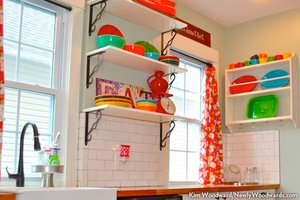 A white kitchen is the perfect backdrop for showcasing Fiesta ware on open shelves. Image: Kim Woodward/NewlyWoodwards.com
A white kitchen is the perfect backdrop for showcasing Fiesta ware on open shelves. Image: Kim Woodward/NewlyWoodwards.com







 John Riha has written seven books on home improvement and hundreds of articles on home-related topics. He’s been a residential builder, the editorial director of the Black & Decker Home Improvement Library, and the executive editor of Better Homes and Gardens magazine.
John Riha has written seven books on home improvement and hundreds of articles on home-related topics. He’s been a residential builder, the editorial director of the Black & Decker Home Improvement Library, and the executive editor of Better Homes and Gardens magazine.
